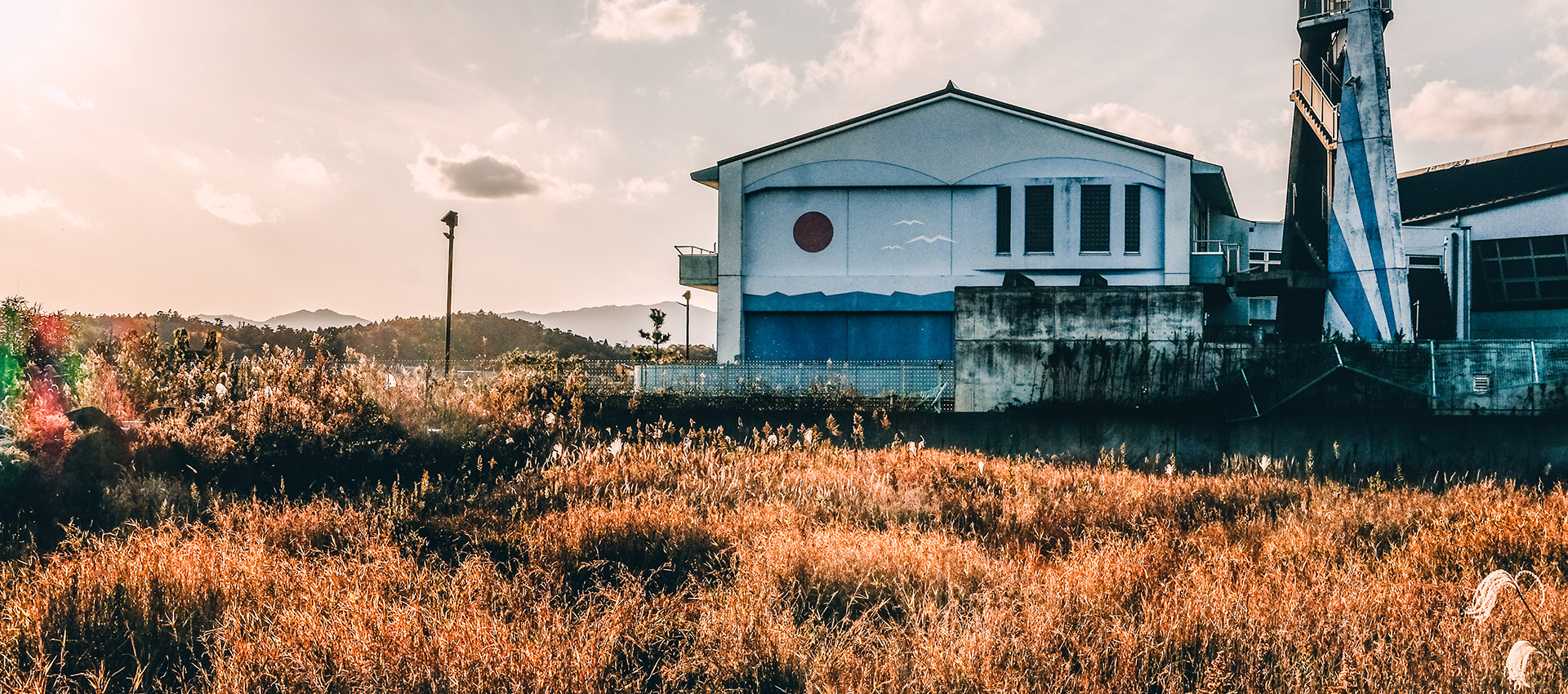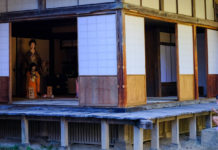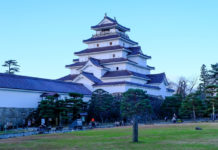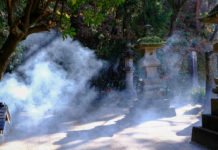Fukushima is an enormous prefecture in Japan. It spreads from the coast far inland, encompassing towns, mountains, beaches, and lakes. And yet, when we think of the word Fukushima, our minds dart to the Fukushima Daiichi nuclear disaster that has ravaged much of Fukushima’s coastline and the towns along it. This area, however, is slowly springing back into life as local residents return and the government pour money into the local towns. It’s a change that brings joy to the country and exciting travel opportunities for people from around the world.
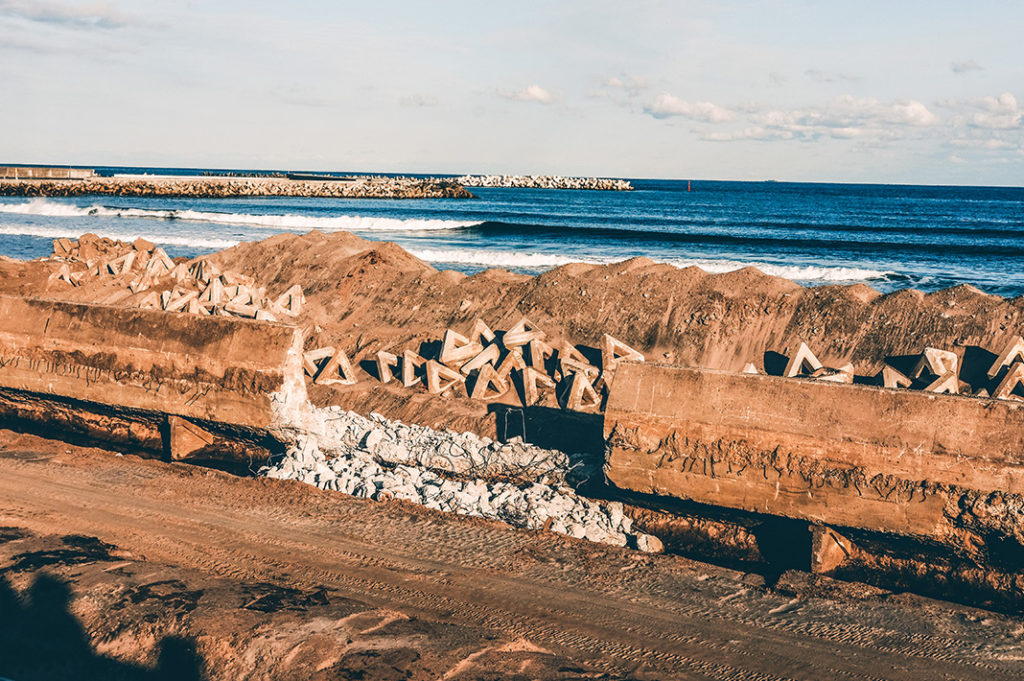
About the Disaster
The Fukushima Daiichi nuclear disaster occurred in 2011 and was a dark day for Japan. An earthquake several miles off the coast triggered an enormous tsunami which hit the coastline, wiping out several small towns and leading to the meltdown of the Fukushima Daiichi nuclear power plant. Survivors were displaced and forced to find new homes far from the coastline, and clean-up was slow. Almost ten years later, however, change has come to Fukushima’s coastline.
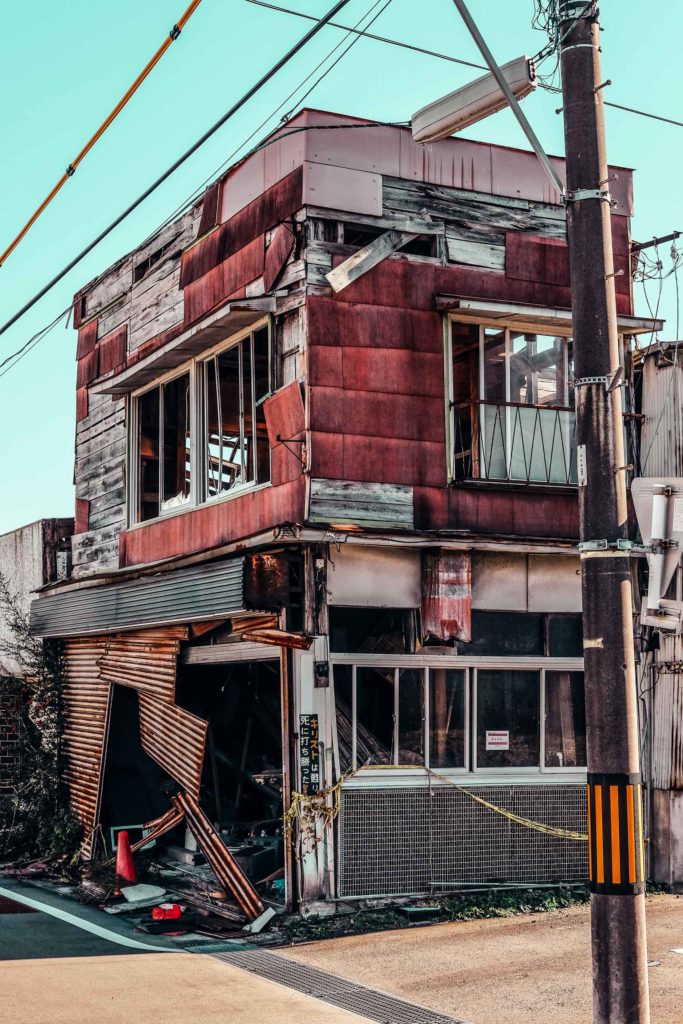
Visiting the coastline of Fukushima today, close (but not too close) to the site of the Fukushima Daiichi power plant and the coastal towns ravaged by the tsunami, you can see life returning to the area. But you can also see several monuments to the disaster which remain as petrified reminders of the 2011 tragedy. Walking the coastline and seeing these monuments is akin to visiting the remains of Auschwitz or the Atomic Bomb Dome in Hiroshima Peace Memorial Park. These are important places of remembrance and sobering reminders to appreciate life and protect one another.
The Fukushima Tsunami Monuments
The most sobering and important of these monuments is Ukedo Elementary School; it sits on the very edge of the coastline, overlooking the ocean. Visiting the skeletal remains of this school, you can imagine it was a picture-perfect place to study and play, with the hills to one side and the endless ocean on the other. The school, with its blue and white walls and unusually angular tower, was one of the very first points of contact for the tsunami, and the clock which still hangs at the top of the tower reads the very moment that the tsunami hit.
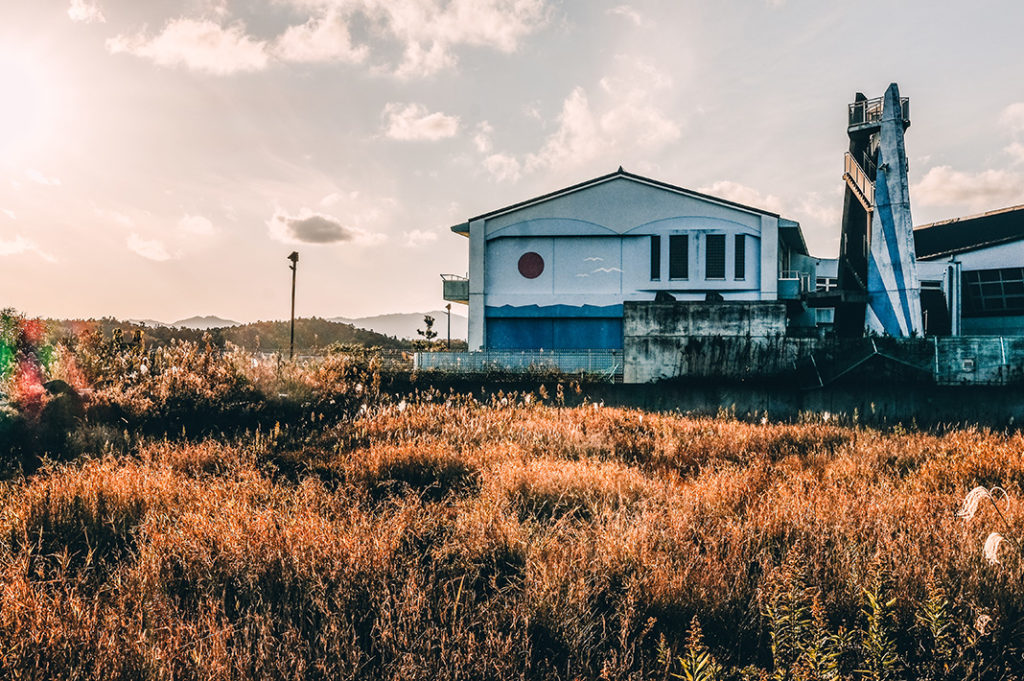
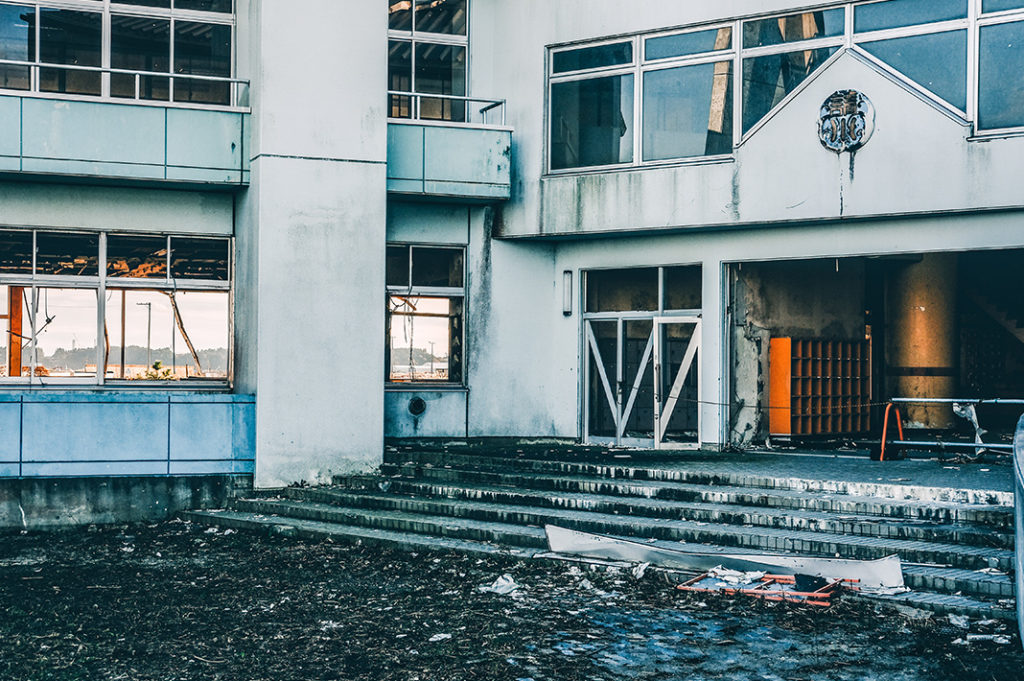
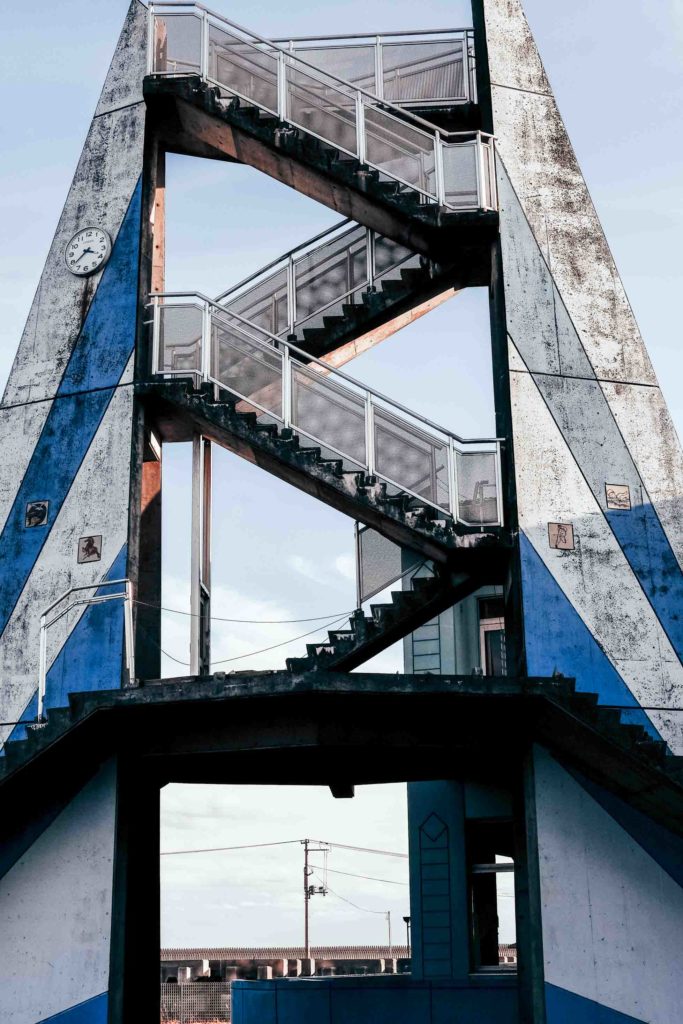
Ukedo Elementary School’s tsunami story is one of relief, however. Every child at school that day survived. Teachers and parents were notified of the incoming tsunami in time and were able to get every single child to safety by running to the high ground that the nearby hills provided. If this hadn’t been the case, perhaps the school wouldn’t be such an appropriate place to visit. As it is, however, the school stands as a testament to responsibility, quick thinking, and good luck. Visiting the site not only reminds you that the tsunami was real, recent, and monstrous, but also that people survive and go on living in the face of danger and tragedy.
The Towns Returning to Life
As for the towns of coastal Fukushima, exploring them offers a blend of ghostly chills and hope for the future. Namie, Tomioka, and Futaba are three towns close to the coast. Futaba is the liveliest despite sitting closest to the Fukushima Daiichi nuclear power plant. Radiation levels in the area are far lower than many assume, and residents have begun to return to their homes and rebuild their communities.
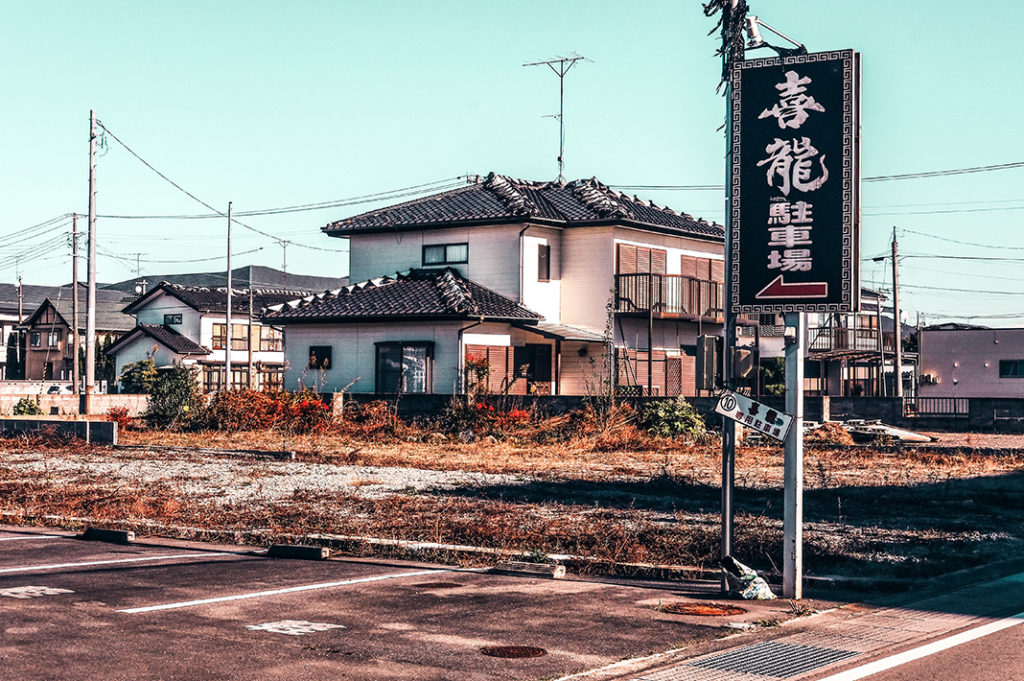
The Japanese government has been gently pouring money into these small communities for the past several years; it is the hope to return them to life and transform them into symbols of what’s to come for Japan. Seemingly futuristic technological developments like using drones to deliver mail to residents have helped to redesign towns like Futaba into beacons looking to the future.
The nearby town of Namie, however, is still far quieter than Futaba. More than half the homes here remain empty, with residents having moved on in the years since the disaster. Many houses have been rebuilt or returned to, however, some by former residents and others by new members of the community looking to build a new home.
Signs of new life
Not far from Namie is the town of Minamisoma, where poet and author Yu Miri, originally from Yokohama, has been living since 2015. Yu Miri moved here in order to help build an art space for the local community. In 2018 she opened a local bookstore called Full House and a theatre space called LaMaMa OKADA. New residents like Yu Miri are doing so much good for transforming this area into a lively and creative community.
The Fukushima coastline is a unique place where hope and tragedy blend together. Visiting the towns and monuments to disaster provides visitors with a mix of sombre regret and excitement for what’s possible and what’s to come for the area. There’s no other place like it in Japan.
How to Get There
One of the easiest ways to see the disaster zone today is by taking the Fukushima Disaster Zone Tour with Japan Wonder Travel. On the tour, you’ll meet several interesting people who currently live in Fukushima.
If you’d like to explore Fukushima yourself then you can take the shinkansen to Fukushima City. From there you’re able to take highway buses to various destinations outside the city including spots of natural beauty like Takayu Onsen and the Azuma Mountains.
Post by Japan Journeys.



